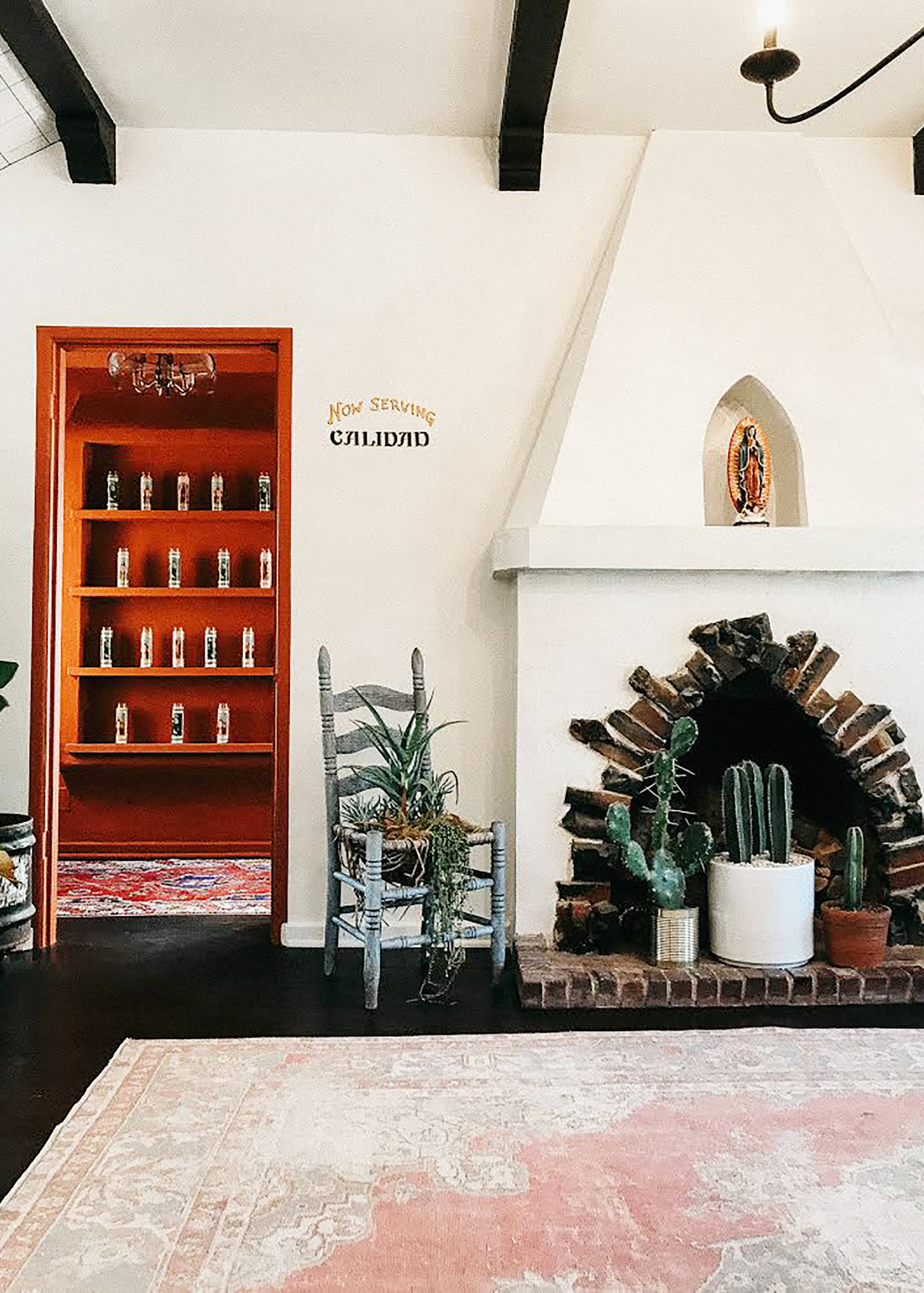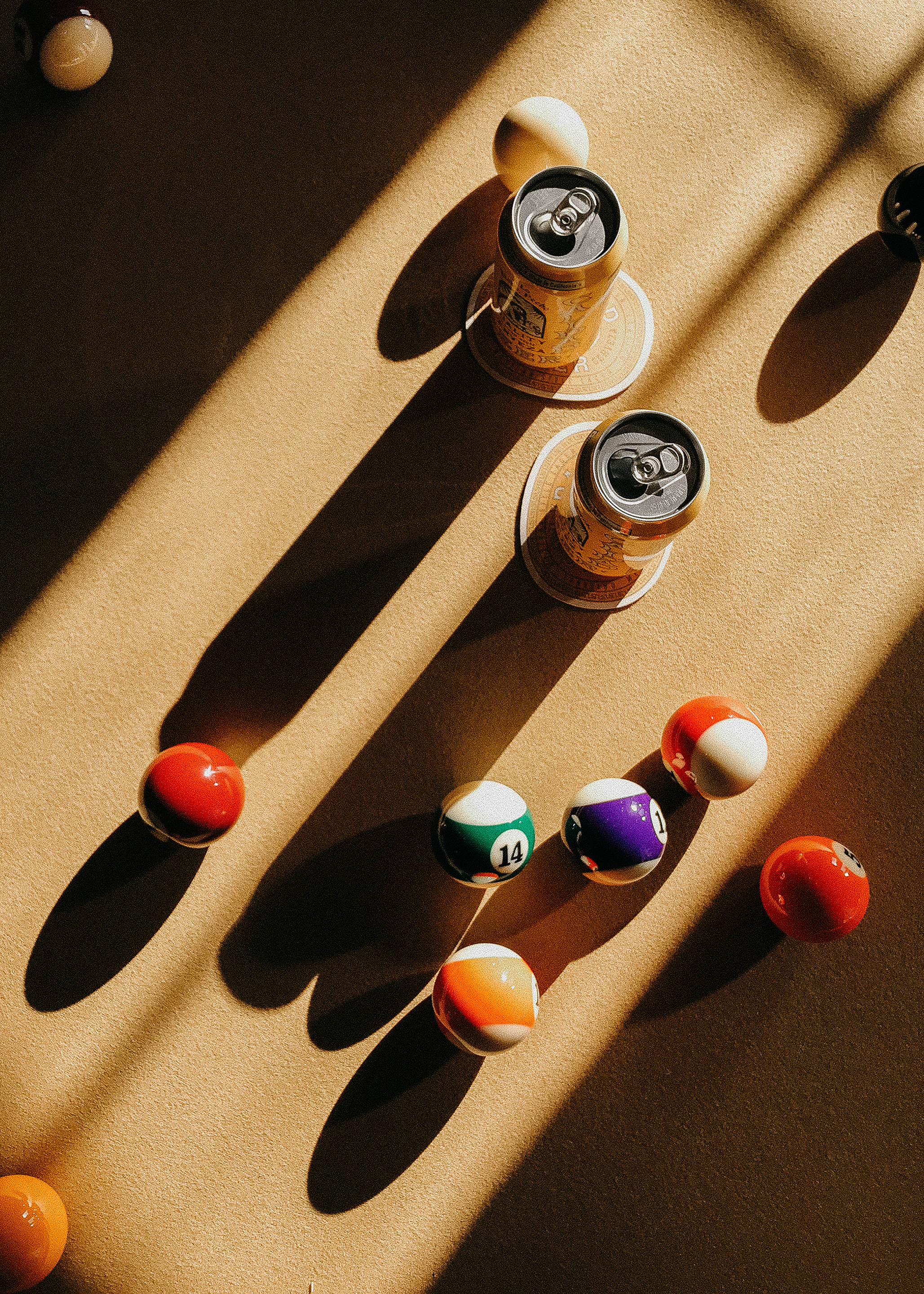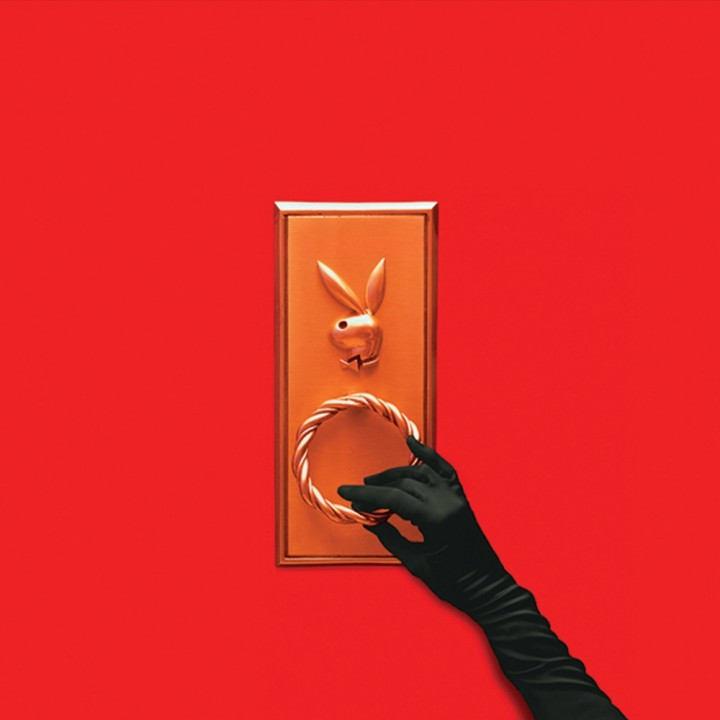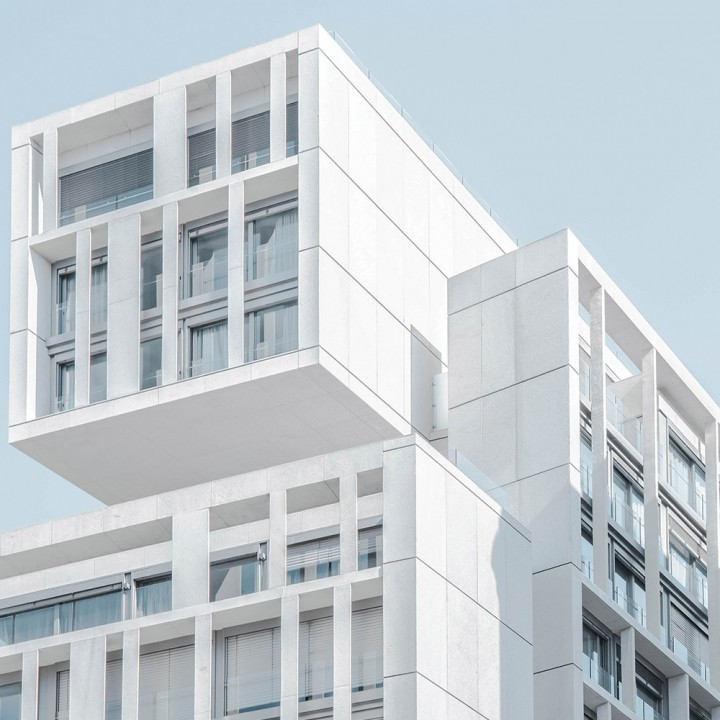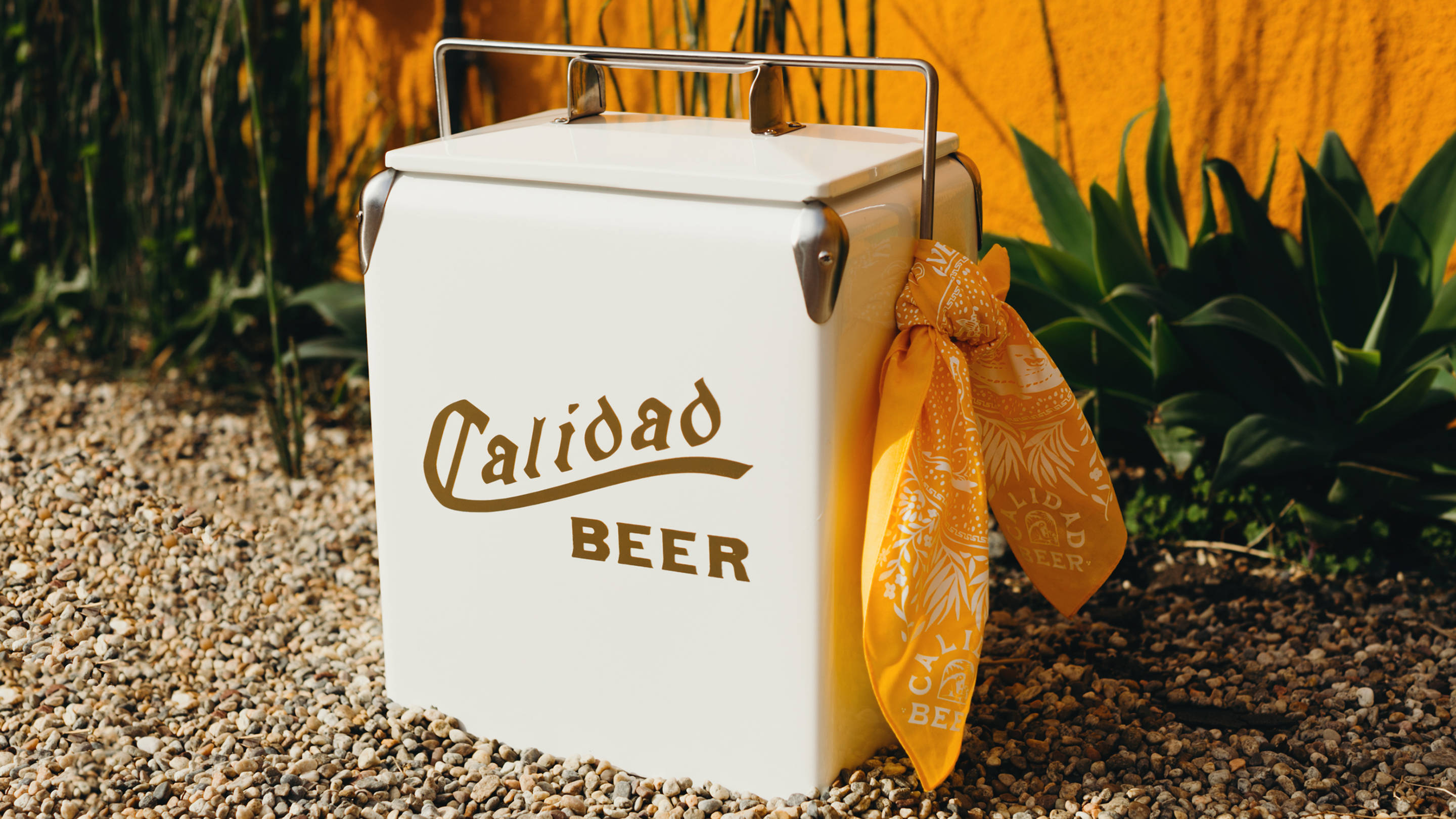
Is "Brand-Forward" the Future of Beer? An Afternoon at Casa de Calidad
Alfred Coffee's Josh Zad brings his lifestyle savvy to the beer world; flavor-bomb brews beware
Sometimes it seems as if craft IPAs are the luxury sports cars of beer. For every well-balanced hoppy brew, there’s an aggressively bitter, 11 percent ABV palate wrecker desperately telegraphing, “Why yes, I am both extremely sophisticated and well-endowed.”
Brewed in Santa Barbara, Calidad Beer is the artisanal answer to Pacifico and Modelo. Calidad’s founder, Josh Zad, wanted to remove the stigma around ordering a low-alcohol, unfussy beer meant to be consumed very cold and very quick. As the brains behind Alfred—the Instagrammable, LA-based coffee shop that now has 13 locations, including three in Japan—Zad already knew he could build a brand that would appeal to a youthful, design-conscious set. All that remained to be done was to brew a beer with substance to match the style.
When you're in the brick-and-mortar beverage business, you start thinking about how you can get your product in front of more people more quickly on a national level. But the ready-to-drink coffee category is extremely saturated. I'm an avid beer drinker, so I saw an opportunity to launch something that was more brand-forward, like in the Alfred vein of business. The craft beer marketplace is full of brands that are centered on the beer itself—often very complex, heavy IPAs. No one was doing anything in the lighter Mexican beer category; all the Mexican beers that we drink are dominated by one or two companies from Mexico. So I thought I would take my experience on the brand side and bring it to beer.
Did you have any prior beer or spirits experience?
No, but it was the same thing with Alfred. I'm not a coffee guy per se, but there's a lot of great coffee experts already out there. At Alfred, we use Stumptown, who have been doing what they do for 20 years. I had enough confidence having started a business that I had no experience in, so I put together the concept, brought the branding agency LAND on board, and found a phenomenal brewer in Santa Barbara, Pure Order, who created the perfect recipe.
You get laughed at for creating something low-ABV and drinkable, but so many people just want something that's cool and you can enjoy by the pool. That's all right too.
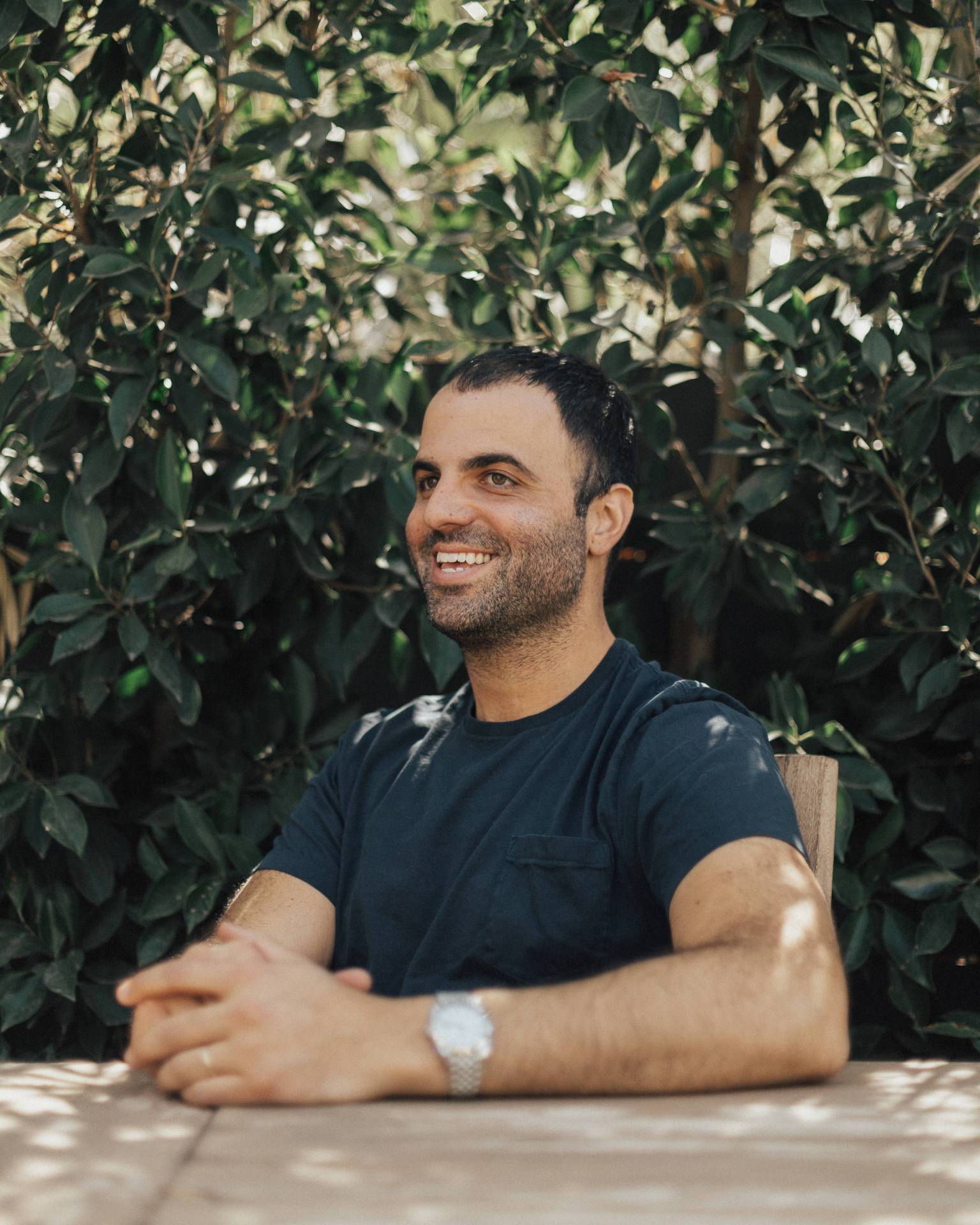
When Alfred was starting, a lot of the third-wave coffee shops were all about the craft of coffee. The owner would go to Guatemala and buy the green beans, roast them himself. At the cafe you would have a conversation about the different coffees in season right now, but the vibe usually would take a backseat to the coffee experience. I want to do the opposite. “Brand-forward” focuses on the way you’re greeted when you walk in, the energy of the store, the music. It’s friendly and cozy, and then you get a great cup of coffee as well.
With craft beer, the norm is you have brewers who have been tinkering with recipes for years. Usually they're much darker, heavier, higher-ABV brews. You don’t show off to your other brewmaster friends, like, “Check out this really light 100-calorie beer I made.” You get laughed at for creating something low-ABV and drinkable, but so many people just want something that’s easygoing—something that's cool and you can enjoy by the pool. That's all right too.
I feel like you also get laughed at if you want a beer cocktail, like a michelada.
The great thing about Mexican beer is you can do anything you want to it, and no one's going to be mad at you. With any kind of American beer, even Budweiser—like, imagine if you go to a bar and ask for a lime in your Budweiser. You’ll get slapped. But my dad puts tequila in his Mexican beer, and it’s like, that's cool, great idea! It’s more bastardizable.
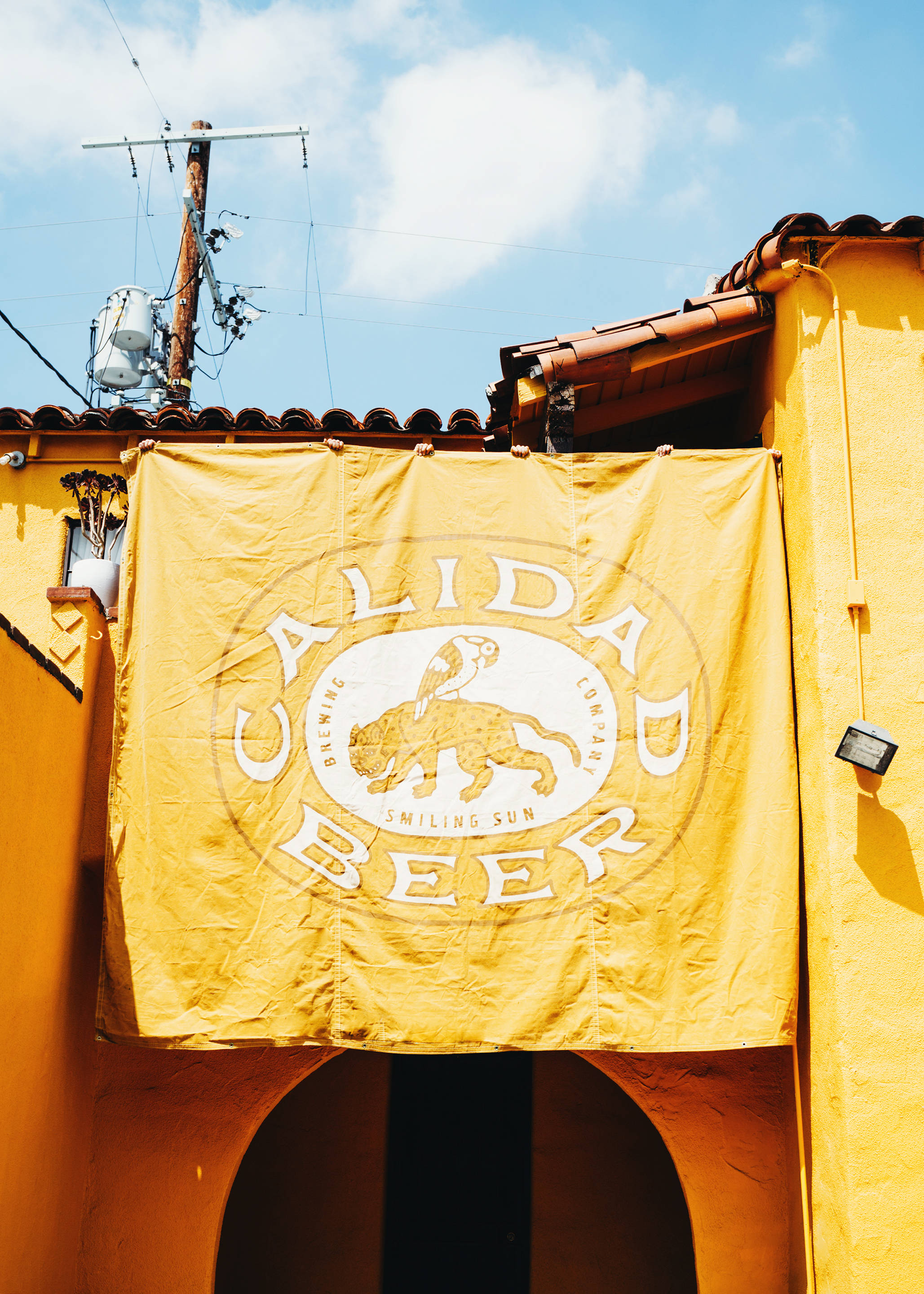
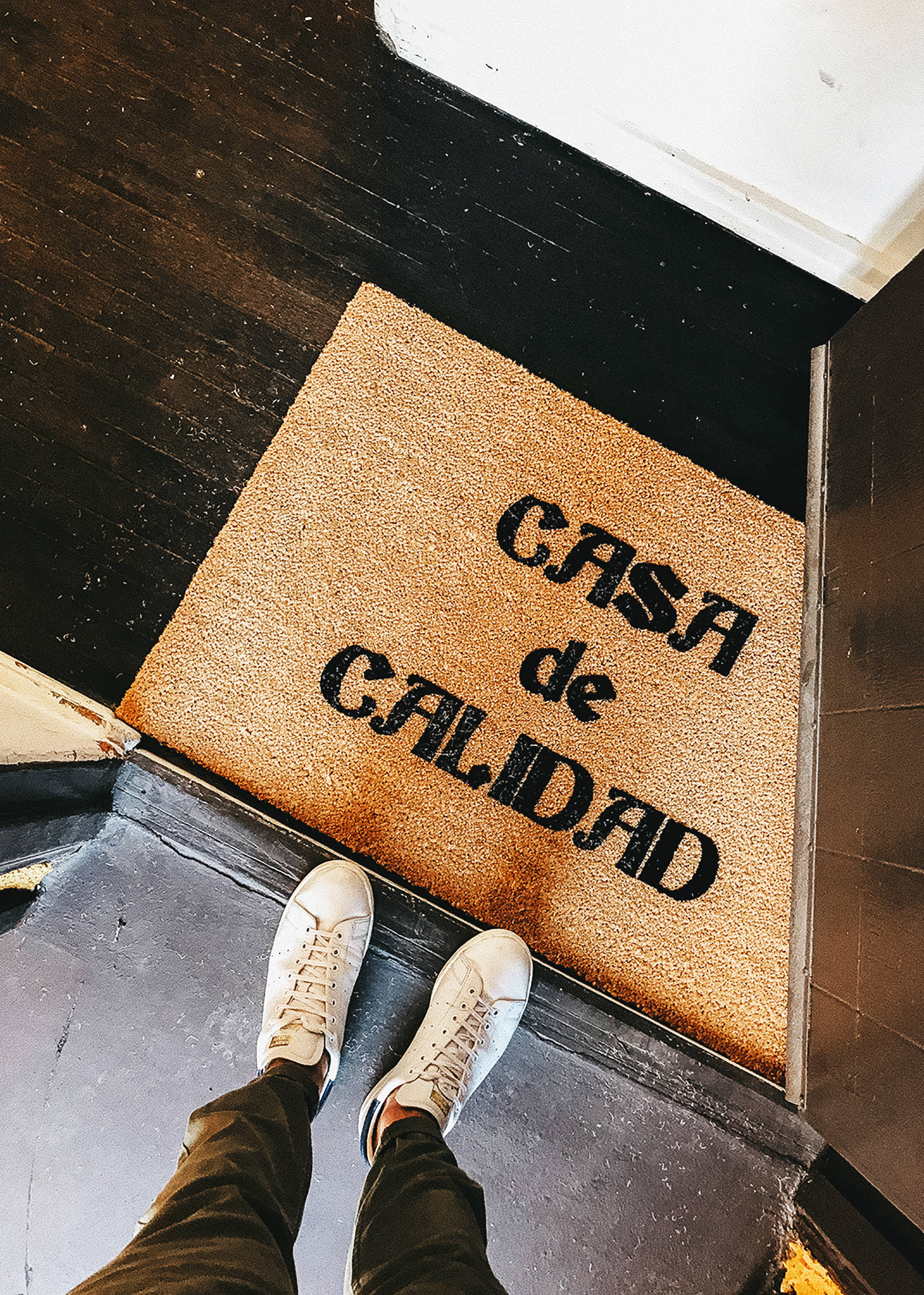
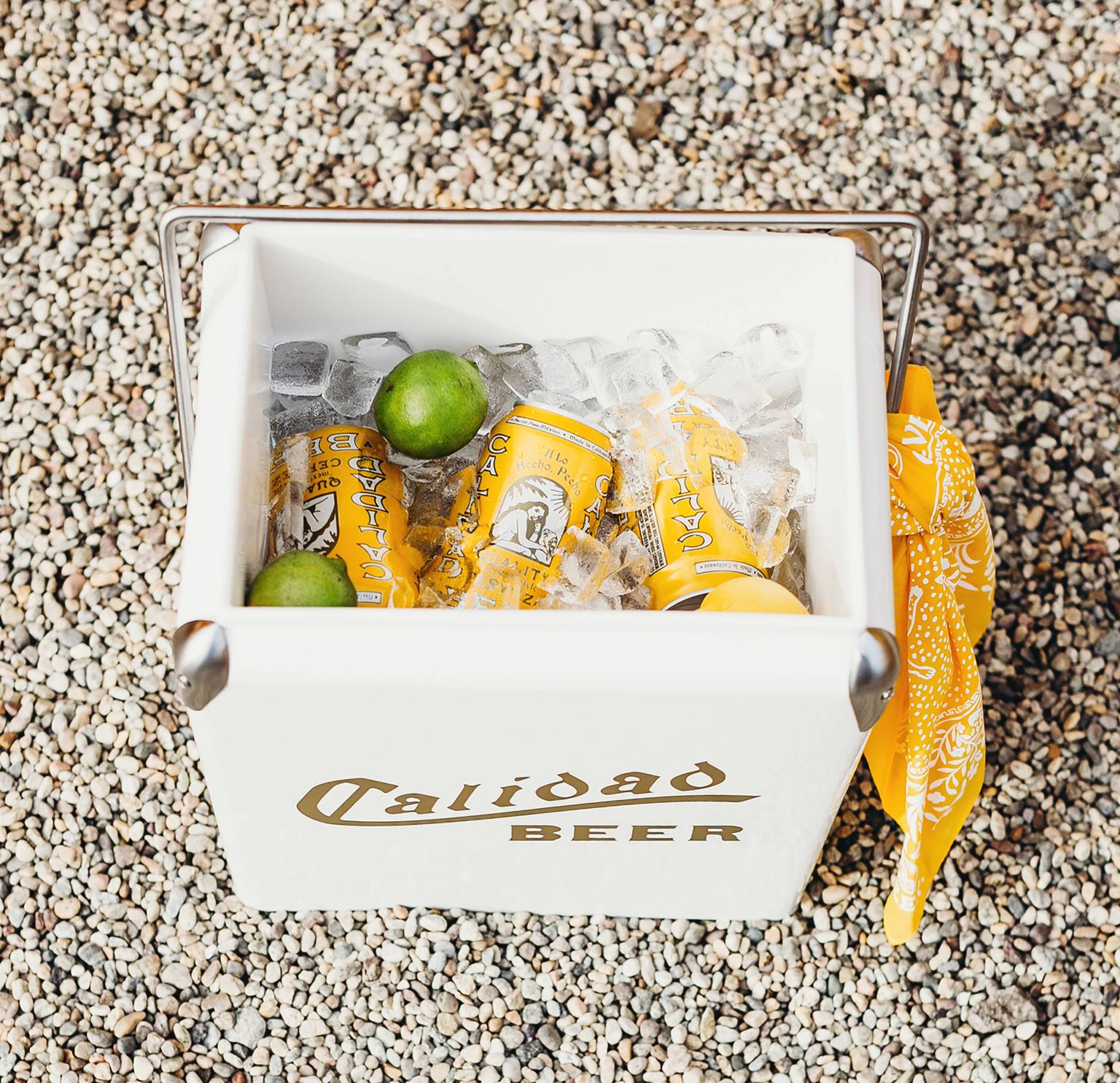
My number-one goal was creating something that looked like it had been around for 100 years, like I went to Mexico and bought an abandoned brand. I spoke to a couple agencies in Los Angeles and New York, and everything kind of looked the same, like it could be a CBD brand or a hair-loss company—clean and crispy and polished. I wanted something earthy and worn and edgy. I saw LAND’s work, and I became obsessed. It has that hand-drawn, Southwestern element, and then we really built the brand around the color of the can, which we call “Acapulco gold.” We want people to think, “Wow, this can looks cool,” and then once they drink it be like, “Wow, this is actually delicious.”
Is that the person you’re targeting? Someone who is drawn in by the design of the can?
The Calidad drinker is someone who wants something interesting, someone who likes design. And the beer itself isn’t too polarizing. We want non-beer drinkers—people who might default to vodka or tequila—to be like, “I don't normally like beer, but this is something I would drink.”
Speaking of the can, what is this slogan that’s above the logo?
“A lo hecho, pecho.” It means, literally, “What’s done, chest,” but as an expression it means “Don't cry over spilled milk” or “What’s done is done.” It's the first thing I learned in Spanish class—like, “Today we’re studying idiomas.” It always stuck with me because it's so funny, and you say that around a Spanish-speaking person, and they’re like, “How do you know that?”
I hope that your Spanish teacher is proud of you.
Funnily enough, I actually reached out to him, but he never responded.

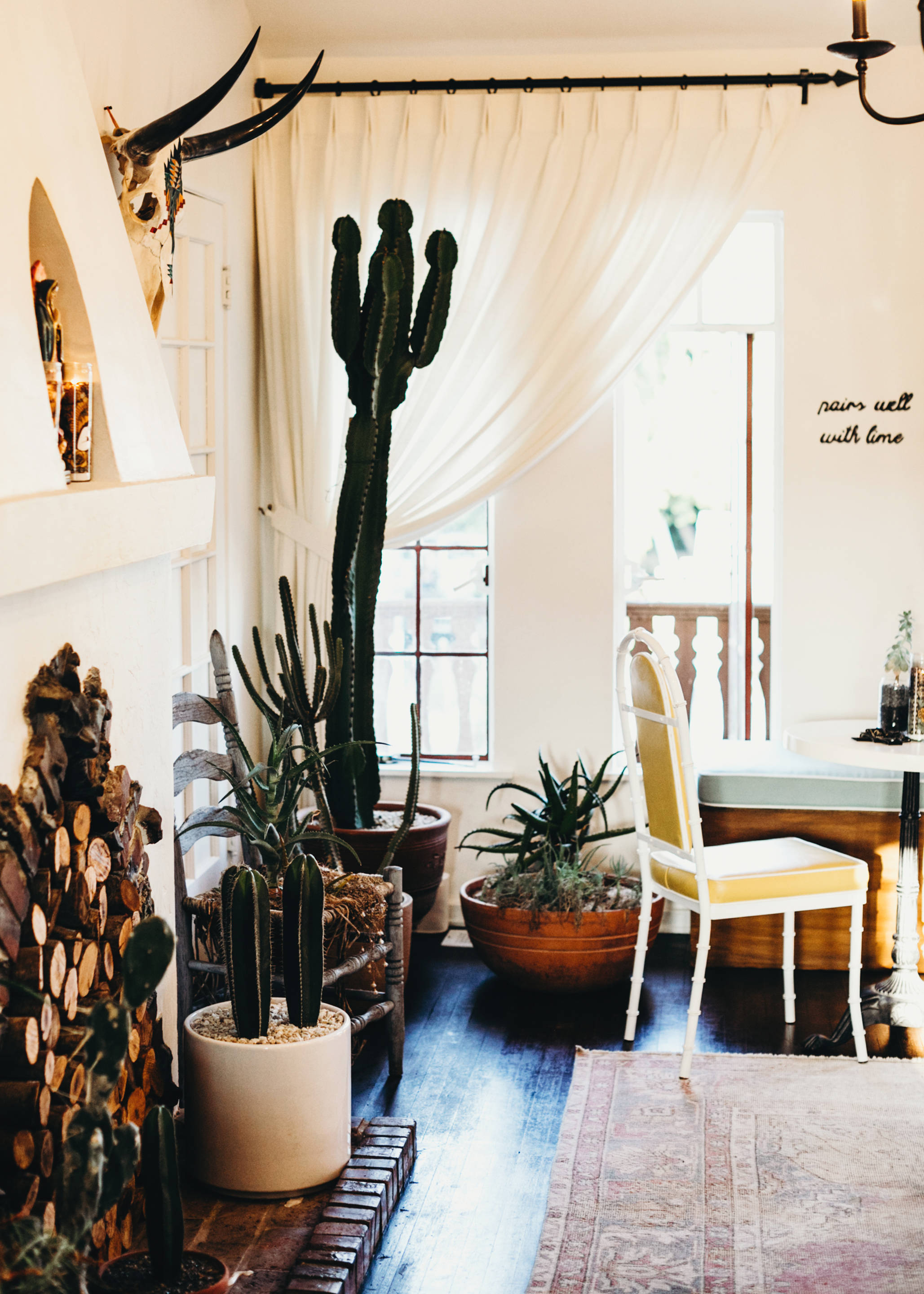
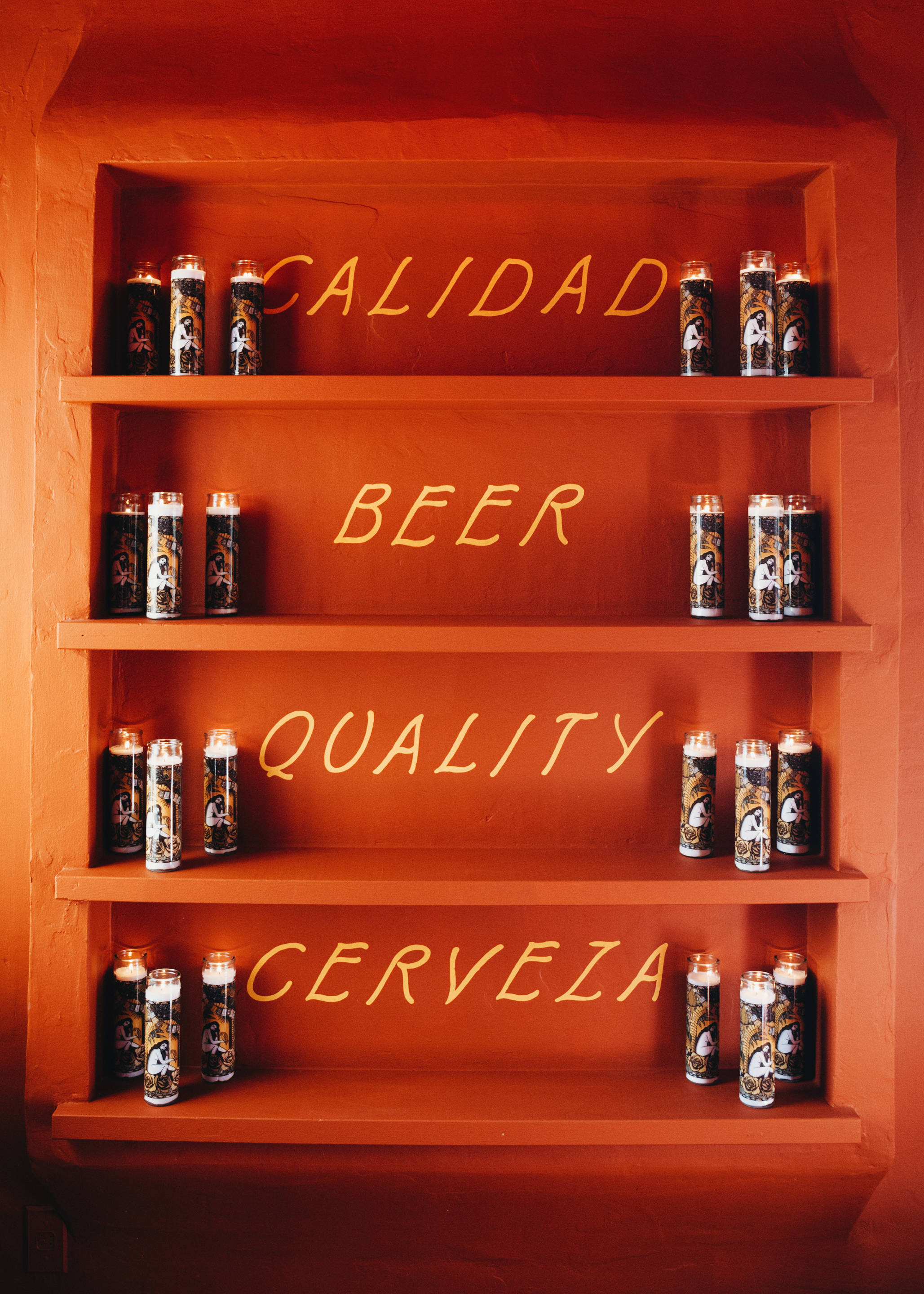

We’ve been described as a Mexican Shock Top, which I think is perfect. We're in this unique situation where we straddle the line between the Mexican beers—Pacifico, Modelo, Corona—and California craft beers like 21st Amendment and House Beer. We're in between. Where this really comes into play is when you walk into a BevMo. Some stores will have us shelved next to Victoria, while some will have us next to House Beer. It’s interesting to see the interpretation of the person who's opening the box and stocking the shelves. Our ideal place would probably be in the craft section for now, but then eventually move into Mexican beer section when we get a little bit more notoriety. On the craft side, people are more likely to say, “Oh cool box, I’ll buy it.” Whereas on the Mexican beer side, someone is more likely to say, “I only drink Modelo,” so we have to win them over first at a festival or event.
So you're you're billing Calidad as a Mexican-style lager, and there's a lot of Mexican-inspired iconography on the packaging. Are you concerned at all about people being like, “This dude isn’t Mexican”?
I'm hypersensitive to that situation. Our main investor is [former MLB first baseman] Adrián González, so when people ask whether we’re Latin-owned, yeah, we are. But we really try to make it clear that we are a Mexican-style lager, not a Mexican beer. We’re made in Santa Barbara, and everything at the end of the day is inspired by Southern California, which in turn is heavily influenced by Spanish culture—the architecture, the missions, the language. Calidad is a California brand.
